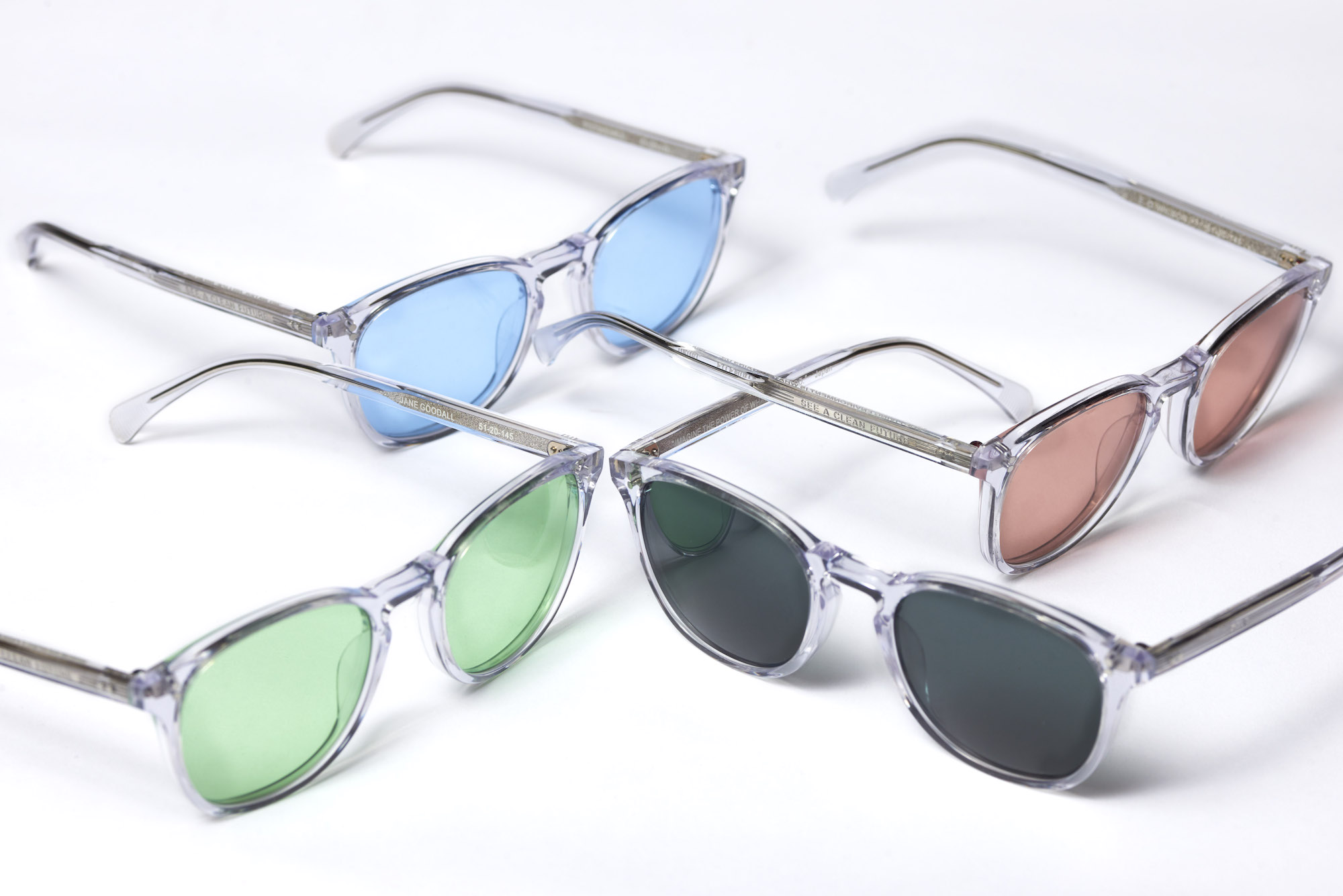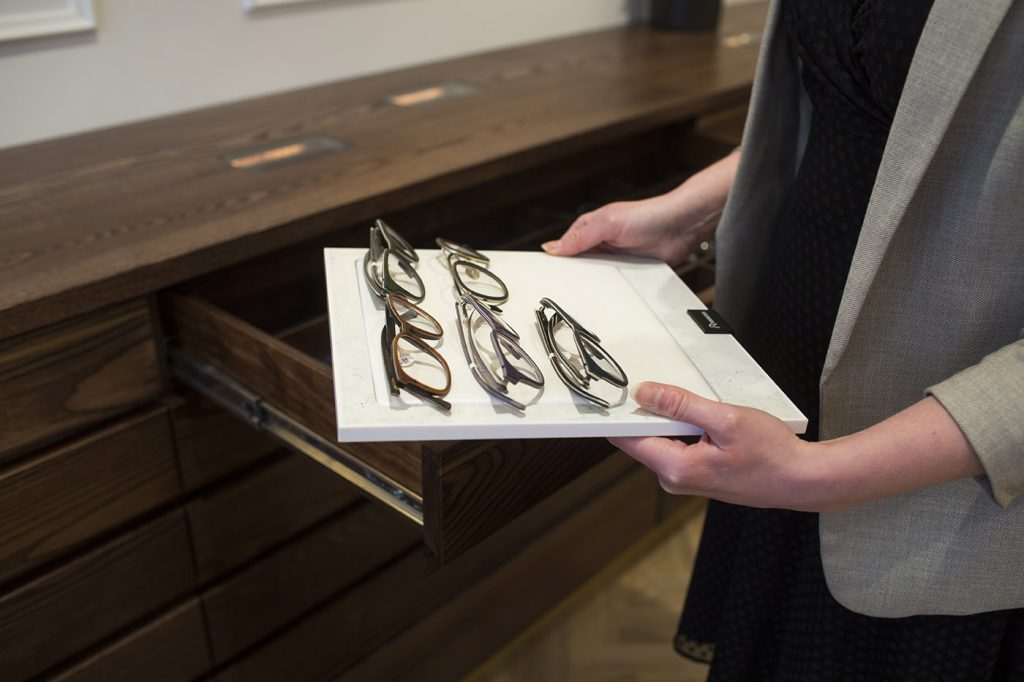Blog
The Rise of Sustainable Eyewear: Eco-Friendly Frames
In recent years, sustainability has become more than just a trend; it has evolved into a fundamental movement that influences various industries, including fashion and eyewear. As consumers grow increasingly aware of environmental issues, the demand for sustainable products has surged. This article explores the rise of sustainable eyewear, focusing on eco-friendly frames, materials, and practices that benefit both the planet and your personal style.
Understanding Sustainable Eyewear
What is Sustainable Eyewear?
Sustainable eyewear refers to glasses and sunglasses made from environmentally friendly materials and produced through ethical manufacturing practices. This category includes frames crafted from recycled, biodegradable, or renewable resources and aims to minimize environmental impact throughout the product’s life cycle.
Why is Sustainability Important?
The eyewear industry, like many others, contributes to significant environmental issues, including plastic waste and carbon emissions. According to the World Economic Forum, around 300 million tons of plastic are produced annually, a substantial portion of which ends up in landfills and oceans. By embracing sustainable eyewear, consumers can reduce their ecological footprint and promote a circular economy, which emphasizes recycling and reusing materials.
The Benefits of Sustainable Eyewear
Choosing sustainable eyewear offers several benefits, not just for the environment but also for consumers. Here are some key advantages:
1. Environmental Impact
Sustainable eyewear is designed to reduce waste and pollution. By using eco-friendly materials and practices, brands can significantly lower their carbon footprint. For example, frames made from recycled plastics help decrease plastic waste in oceans and landfills.
2. Healthier Materials
Many sustainable eyewear brands prioritize the use of non-toxic materials. Traditional eyewear often contains harmful chemicals and plastics that can negatively impact health. Eco-friendly frames typically use safer alternatives, making them a better choice for your well-being.
3. Unique Styles
Sustainable eyewear brands often focus on innovative designs that stand out in a crowded market. By choosing eco-friendly frames, consumers can express their individuality while supporting environmentally conscious practices.
4. Supporting Ethical Brands
Purchasing sustainable eyewear often means supporting companies that prioritize ethical labor practices and transparency in their supply chains. This commitment can lead to better working conditions for employees and a more equitable industry.
Materials Used in Sustainable Eyewear
Sustainable eyewear is made from a variety of eco-friendly materials. Here are some of the most common options:
1. Recycled Plastics
Recycled plastics are one of the most popular materials for sustainable eyewear. Brands collect post-consumer plastic waste, such as water bottles, and process it into new frames. This not only reduces waste but also conserves resources by minimizing the need for new plastic production.
2. Bio-Based Plastics
Bio-based plastics are derived from renewable resources, such as corn, sugarcane, or castor beans. These materials are biodegradable and offer a more sustainable alternative to traditional petroleum-based plastics. They can be processed into stylish and durable eyewear frames.
3. Wood
Wooden eyewear frames provide a unique aesthetic and are often sourced from sustainably managed forests. Brands that use wood typically ensure that the materials are harvested responsibly, supporting reforestation efforts and reducing deforestation.
4. Bamboo
Bamboo is another popular material for sustainable eyewear due to its rapid growth and renewability. Bamboo frames are lightweight, strong, and biodegradable, making them an excellent eco-friendly option.
5. Metal
While metal frames are traditionally less sustainable than other options, some brands are now using recycled metals or sustainably sourced materials. These practices help reduce the environmental impact of metal production and support a circular economy.
Popular Sustainable Eyewear Brands
As the demand for sustainable eyewear grows, several brands have emerged as leaders in the eco-friendly market. Here are some notable companies committed to sustainability:
1. Warby Parker
Warby Parker is a well-known eyewear brand that integrates sustainability into its business model. The company offers a range of eco-friendly frames made from recycled materials and has a strong commitment to social responsibility. For every pair of glasses sold, Warby Parker donates a pair to someone in need through its “Buy a Pair, Give a Pair” program.
2. Eco Eyewear
Eco Eyewear is dedicated to creating stylish, sustainable glasses made from recycled materials and biodegradable plastics. The brand also partners with various environmental organizations, contributing a portion of its profits to support reforestation and conservation efforts.
3. Proof Eyewear
Proof Eyewear specializes in wooden frames crafted from sustainable materials. The brand focuses on creating stylish and unique designs while giving back to communities in need. For every pair sold, Proof donates a portion of the proceeds to various charitable projects.
4. Zeal Optics
Zeal Optics is known for its eco-friendly sunglasses made from plant-based materials, such as bio-based Z-Resin. The brand emphasizes sustainability in its production processes and is committed to protecting the environment through various initiatives, including ocean clean-up efforts.
5. Rocco & Broll
Rocco & Broll creates eyewear from recycled ocean plastics, turning waste into fashionable and functional frames. The brand aims to raise awareness about plastic pollution while offering stylish options for environmentally conscious consumers.
How to Choose Sustainable Eyewear
When selecting eco-friendly eyewear, consider the following factors to ensure you make a responsible choice:
1. Research the Brand
Investigate the brand’s sustainability practices and materials used in their eyewear. Look for transparency in their supply chain and commitment to ethical labor practices. Brands that openly share their mission and values are often more trustworthy.
2. Check for Certifications
Look for certifications or labels that indicate a brand’s commitment to sustainability. Certifications such as FSC (Forest Stewardship Council) for wood products or Cradle to Cradle for recycling practices can provide assurance of eco-friendly practices.
3. Consider the Materials
Pay attention to the materials used in the frames. Opt for brands that use recycled or bio-based plastics, sustainably sourced wood, or bamboo. This information is often available on the brand’s website or product descriptions.
4. Think About Durability
Sustainable eyewear should also be durable. Choose frames made from high-quality materials that can withstand daily wear and tear. This not only reduces waste but also ensures that your eyewear lasts longer.
5. Evaluate Style and Comfort
Sustainable eyewear should not compromise style or comfort. Explore various designs and shapes to find the perfect pair that suits your face shape and personal style while also being eco-friendly.

The Future of Sustainable Eyewear
As awareness of environmental issues continues to grow, the future of sustainable eyewear looks promising. Here are some trends and developments to watch for:
1. Increased Use of Advanced Materials
Innovations in materials science are leading to the development of new sustainable materials that offer improved performance and aesthetics. Expect to see more brands adopting advanced bio-based plastics and recycled materials in their eyewear designs.
2. Circular Economy Practices
The concept of a circular economy, which emphasizes recycling and reusing materials, will likely gain traction in the eyewear industry. Brands may implement take-back programs, allowing consumers to return old eyewear for recycling or upcycling into new products.
3. Enhanced Consumer Awareness
As consumers become more educated about the environmental impact of their purchases, the demand for sustainable eyewear will continue to rise. This awareness will push more brands to adopt eco-friendly practices and materials.
4. Collaborations and Partnerships
We can expect to see more collaborations between eyewear brands and environmental organizations. These partnerships can help raise awareness about sustainability issues and support conservation efforts.
Conclusion

The rise of sustainable eyewear marks an exciting shift in the fashion industry, as more consumers seek eco-friendly options that align with their values. By choosing sustainable frames made from recycled, biodegradable, or renewable materials, you can make a positive impact on the environment while enjoying stylish and comfortable eyewear.
As you explore the world of sustainable eyewear, remember to research brands, consider materials, and prioritize comfort and style. With the growing number of eco-conscious options available, you can find the perfect pair of glasses or sunglasses that not only enhance your vision but also contribute to a healthier planet.
Embrace the movement towards sustainability and make informed choices that reflect your commitment to protecting the environment. As we navigate the challenges of climate change and plastic pollution, every small step counts, and choosing sustainable eyewear is a meaningful way to contribute to a more sustainable future.


